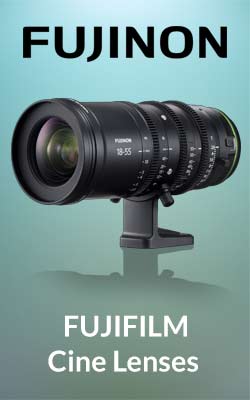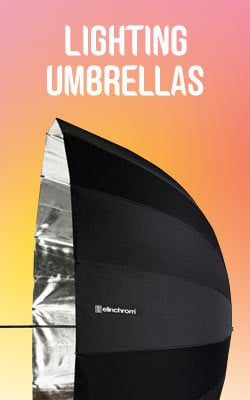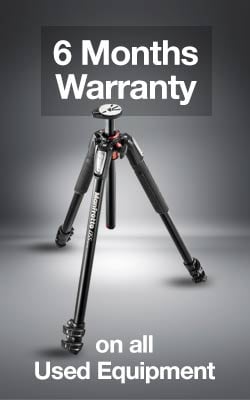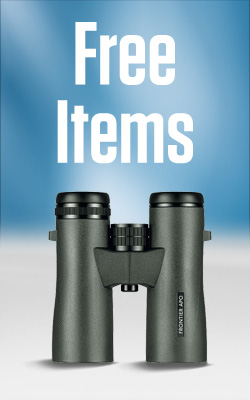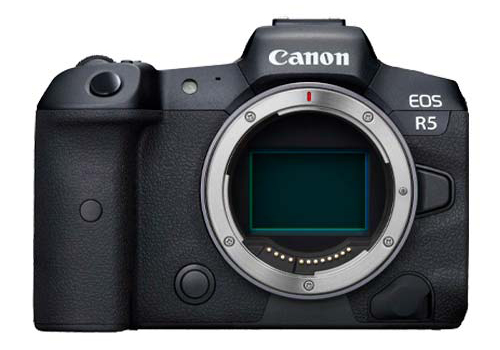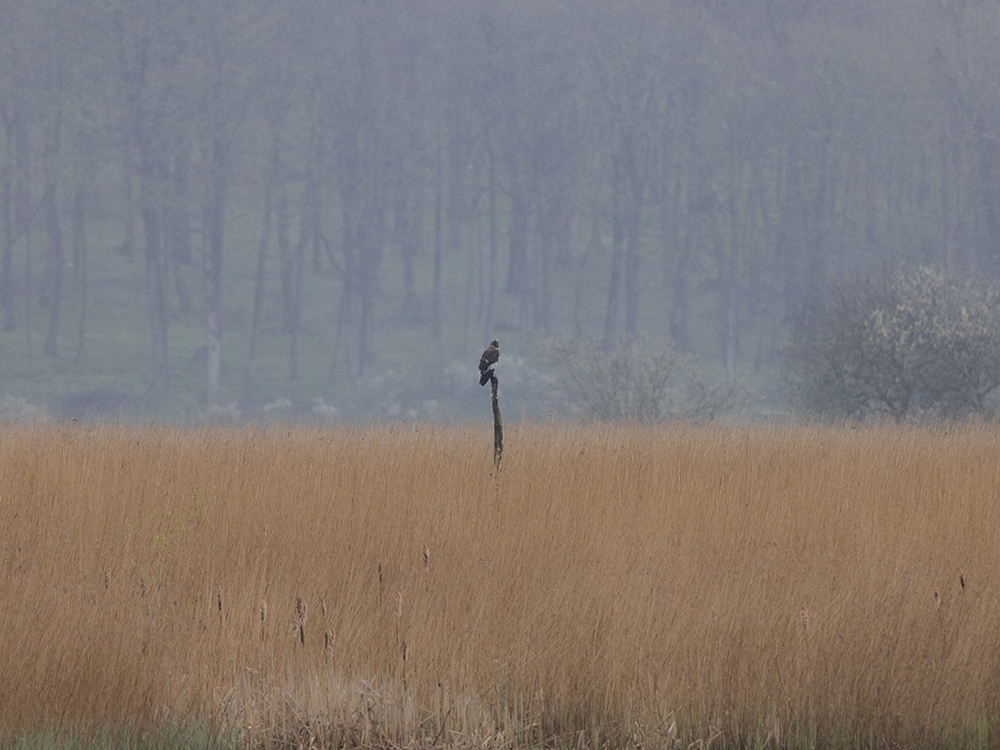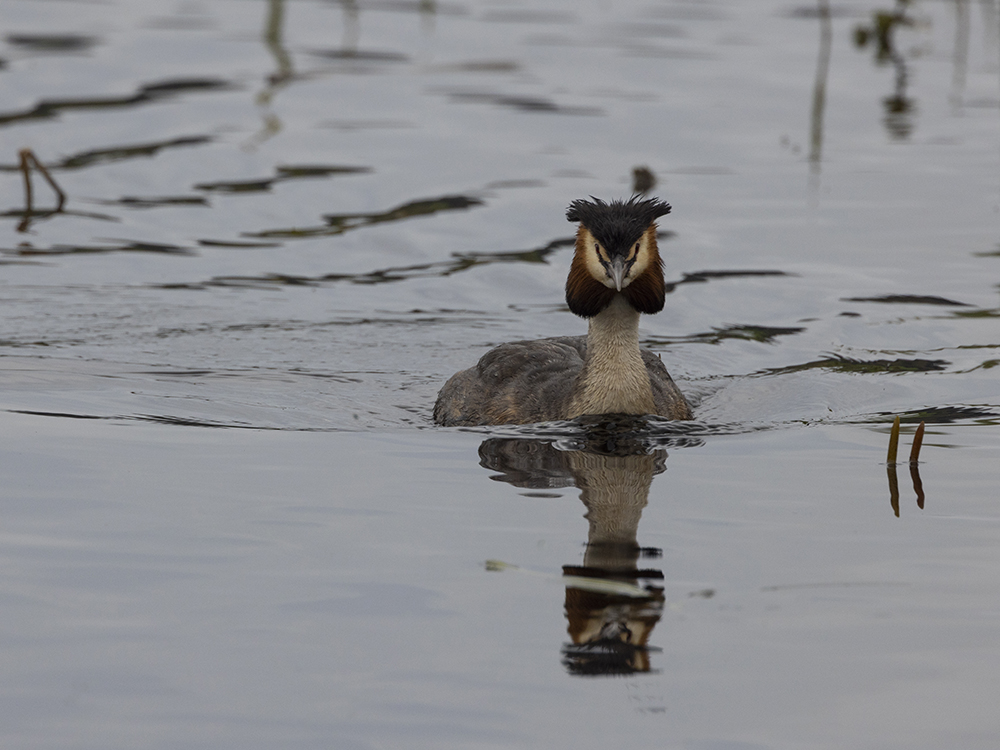Is Canon the Ultimate Kit for Wildlife Photography?
What is the best camera for wildlife photography? It’s a question a lot of people ask us here at Clifton Cameras and with so many cameras and lenses to choose from it's one that is never the easiest to answer.
In this blog, I'm going to start to broach this huge subject by focusing on just one brand: Canon.
Which cameras to choose?
With a weekend trip to the North of England booked into the diary, Canon sent me on my way with the staple of the range, the EOS R5, and the new kid on the block, the EOS R6 Mark II.
With only limited first-hand experience using the R5, I was incredibly excited to finally spend some decent time with what has always been fed back and regarded as a near-perfect all-around stills camera. This, coupled with the popular R6’s upgrade for 2023, the Mark II, laid all the foundations for a fantastic wild weekend shooting.
Telephoto lenses are the way to go
The lenses of choice on this occasion were the RF 100-500mm f4.5-7.1 L IS USM, the 800mm f11 IS STM, and the RF 1.4x Teleconverter.
I’ve used both these before when I took the R10 to Gigrin Farm in mid-Wales, and both didn’t make the impact I had expected, so, in hopefully better conditions, it was going to be interesting to see if my opinions would change.
Finding the best wildlife spots
The destinations of choice were RSPB Leighton Moss near Carnforth, Lancashire, on Saturday, and WWT Martin Mere near Ormskirk, on Sunday.
You can find out more about your local RSPB and WWT sites at the websites below;
With the stages set, and the shadow of the recently released BBC series Wild Isles still in the forefront of the mind, the long road from Gloucestershire up North, began on Friday evening.
Day 1 – RSPB Leighton Moss
Upon arriving at a rather gloomy and wet RSPB Leighton Moss early on Saturday morning, hope was high for a great day’s wildlife watching. Having met with some fellow visitors, we headed straight into the reserve and into our first hide to set up.
Immediately in front of us, sitting on a prominent log and peering above the vast reedbed, was a single male Marsh Harrier, looking rather sorry for himself. In the rain, and with no sign of moving any time soon, this was the perfect chance to get stuck straight in and test the differing focal lengths available.
Testing the RF 800mm
First off, attaching the RF 100-500mm to the R5, gave the immediate response that the bird was too far away, a realisation that anyone who has ever attempted wildlife photography, has no doubt also fallen foul of.
Click any image in this blog to view it in full resolution.
EOS R5 + RF 100-500mm | 1/60 | f7.1 | ISO 500
With the bird static, the next thought was simply to use longer glass. The 800mm f11 was quickly locked into place and the bird was in view again. It certainly got closer, however, as per my previous experience with this lens, as great as it is to have 800mm handholdable and stowable in a regular-sized backpack, the quality of image just isn’t quite there for darker and gloomy days, and in the rain that was falling, the image didn’t quite make par.
I still stand by the lens if looking to simply record shots of wildlife seen, I do believe this lens, and the 600mm counterpart, do have a very good use-case scenario.
EOS R5 + RF 800mm | 1/400 | f11 | ISO 1600
Testing the RF 100-500mm
The next idea to try was the RF 100-500mm with the 1.4x Extender attached. This brought the focal length to 700mm and the aperture to f10.
This is where having the extra light-gathering capability, and more refined optics of the L series glass, proved its dividends. The image revealed more detail, and although not closer in sheer terms of focal length, having the RAW files and 45mp of the R5 sensor, allowed for more detail to be extracted, and didn’t feel like the capability of the sensor was being held back.
EOS R5 + RF 100-500mm | 1/400 | f10 | ISO 1600
All the above are simply shot in a 4:3 aspect ratio, no crop applied.
Getting "the" shot
Taking this final image, running it through Lightroom’s new Denoise AI engine, and cropping it to taste, brings out what is my favourite image from the trip. I like that there is enough detail on the bird itself, but gives a true sense of habitat and placement, which viewing will always take me back to that moment walking into the hide for the first time.
It’s so easy with wildlife photos to just crop in on the subject, but including the whole landscape and playing with a wider composition can be a great way of giving your nature photography a different perspective.
EOS R5 + RF 100-500mm | 1/400 | f10 | ISO 1600
The rest of the day was spent around the reserve with the R5, RF 100-500mm and RF 1.4x Teleconverter as the go-to setup. This combination impressed me more than the lens on its own. As the sun came out, and the f10 was less of an issue, I had good success from the rest of the day which you can see from these Mute Swan and Great Crested Grebe images I took later on.
EOS R5 + RF 100-500mm | 1/1000 | f10 | ISO 400
EOS R5 + RF 100-500mm | 1/1000 | f10 | ISO 500
Watch out for weight
The only downside to this setup was carrying the lens and teleconverter attached to the camera. With the lens being physically unable to retract shorter than 300mm, the handling of carrying the lens became a nuisance. I had no option but to lock the lens at this focal length which raised the question of whether Canon had considered this in the design phase of the lens.
All in all, though, this was a great day 1 of a wild wildlife weekend!
Day 2 – WWT Martin Mere
Day 2 of the weekend was down at WWT Martin Mere, which I have visited on several occasions, having once lived not far from the area. Today was the turn of the R6 Mark II with the same setup as before.
With the R6 Mark II aimed more at the budding wildlife and sports photographer, the developed Deep Learning Autofocus system straight from the flagship R3, implemented here, was a night and day change from the day prior.
EOS R6 Mark II + RF 100-500mm | 1/500 | f10 | ISO 1250
Locked on autofocus
The R5 performed well, but for locking onto a subject and tracking reliably, the R6 Mark II was astonishing.
Within the first 15 minutes or so I was thinking back to using a DSLR when photographing Hobbies locally, and how hard it was to keep the focus from a 7D Mark II accurate. This was a breeze in comparison. With more options for zonal tracking, the intelligence in the Autofocus system here was staggering.
Although the wildlife tended to remain just too distant for any form of a keeper shot, in tracking the birds it was near faultless.
EOS R6 Mark II + RF 100-500mm | 1/800 | f10 | ISO 1000
The R6 Mark II for me personally, in this environment, was the shining star of the weekend. It left me not wanting to hand the camera back at the end of the day. A comparison between this and the EOS R3 is surely on the cards, and if I ever have the chance to get my hands on a RF 600mm f4, that lines up to be a fight for the ages.
Is Canon the ultimate wildlife photography brand?
In the past, my experience with Canon’s EOS R series had left me wanting somewhat; however, I am happy to report that the company I first purchased into has restored my faith in its mirrorless line with this shoot. I have no doubts that in the right hands, and in certain scenarios different to my own use case scenario, the R5 is a fantastic camera.
For me, however, the clear winner here is the R6 Mark II. The design of the grip feels more akin to a DSLR that has been worn in after years of use and immediately felt like home when used.
The R5 felt like the more premium option to hand, the button presses and dial turns were certainly more luxurious feeling, however, as a workhorse for taking out and giving a beating in any weather scenario, I would be looking to grab the R6 II at every opportunity. Good job it’s weather sealed!
Overall handling
Swapping from the R5 to the R6 Mark II did bring to the fore the little design tweaks that Canon made on the newer release. The movement of the power switch from the left-hand side to the right became so much easier and quicker to turn on and off which, in an environment where speed counts, was appreciated.
I always thought I would miss a top-facing screen, having become so used to one on a DSLR, however with the live exposure on mirrorless, and with such ease of access to settings, I found myself simply not checking that on the R5, and thus became wasted space.
Leading the race
Having now had the opportunity to start testing numerous different systems, the area in which Canon is still leading the field in my opinion, is with shooting speed and optic quality.
The mechanical frames per second shooting speed are always appreciated, and at 12 frames per second, the R6 Mark II is no slouch. I can certainly see the benefit of electronic shutters for certain scenarios, however, in a birding hide, the quieter nature of a mirrorless shutter sound is yet to cause an issue.
Until all sensors become stacked as per the Sony A9 II or Fujifilm X-H2S, and read-out speeds become quicker, for any sport or action photography, mechanical will always be the way to go.
Thoughts on glass
I’ve always been impressed with Canon’s L series of glass, and more recently their more affordable, non-L, 100-400mm f5.6-8 lens in particular. I found the RF 100-500mm came alive with the addition of the extender, and without the detriment to image quality synonymous with previous optical designs, this is an exciting move forward as optics get refined and glass improves all the time. This really could open up a whole new avenue to long focal length photography, for the smaller budgeted of us out there, the gap between professional results, and professional price tags, are slowly narrowing.
Final thoughts
Overall, Canon has proven itself to be a reliable and powerful brand for wildlife photography. The Canon R6 Mark II in particular proved itself to be a real contender in this realm.It has a great design with a comfortable grip and quick power switch access. The mechanical frames per second shooting speed is also excellent and will suit most sports or action photographers. Additionally, its optics are of high quality, especially when paired with the 100-500mm lens combined with extender for longer focal length shots. All in all, it's clear that Canon remains at the forefront of mirrorless technology and continues to provide reliable results for any type of photographer looking to capture stunning images from nature’s wildest corners.
Build your Wildlife kit
Cameras:
Lenses:
Read Next
- The Canon R10 a Budget Wildlife Photography Powerhouse
- Canon EOS R7 and EOS R10 Have Landed
- Two New MEGA Telephoto Lenses from Canon
Thank you!
Thanks for taking the time to read our blog, we really do hope they help you out and answer some of your questions. If you still have some unanswered, then please feel free to get in touch with our team of experts.
We have a LiveChat option on our website and we can, of course, be contacted via our email, we're also on the end of the phone too! Read more on how to contact us here >
Want to write for us?
If you've got experience with producing content on photo, video and/or optics products or techniques then we would love to hear from you. Contact our blog editor, Bea, with a sample of your work at [email protected].
- By Aled Phillips
- 5 May 2023













